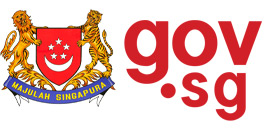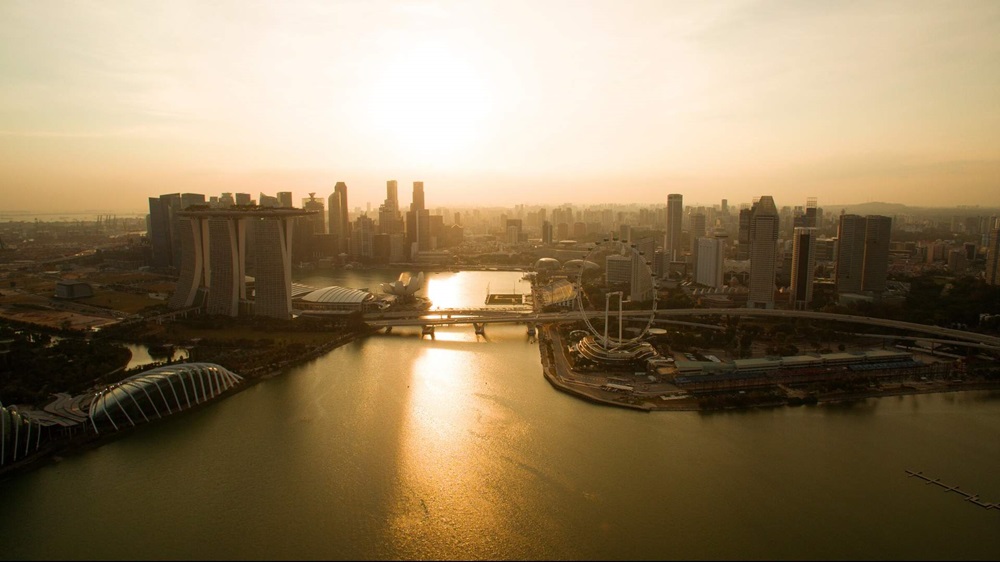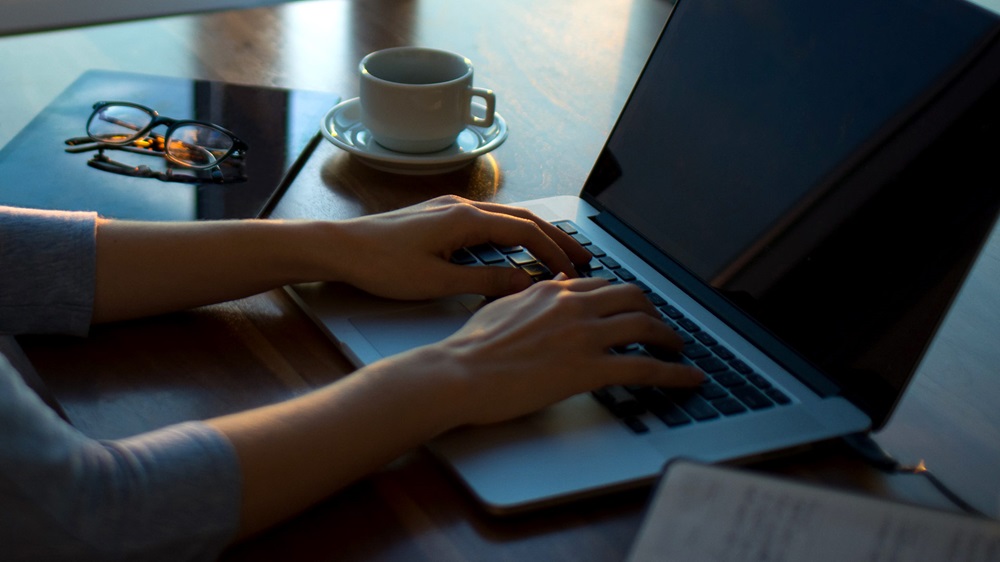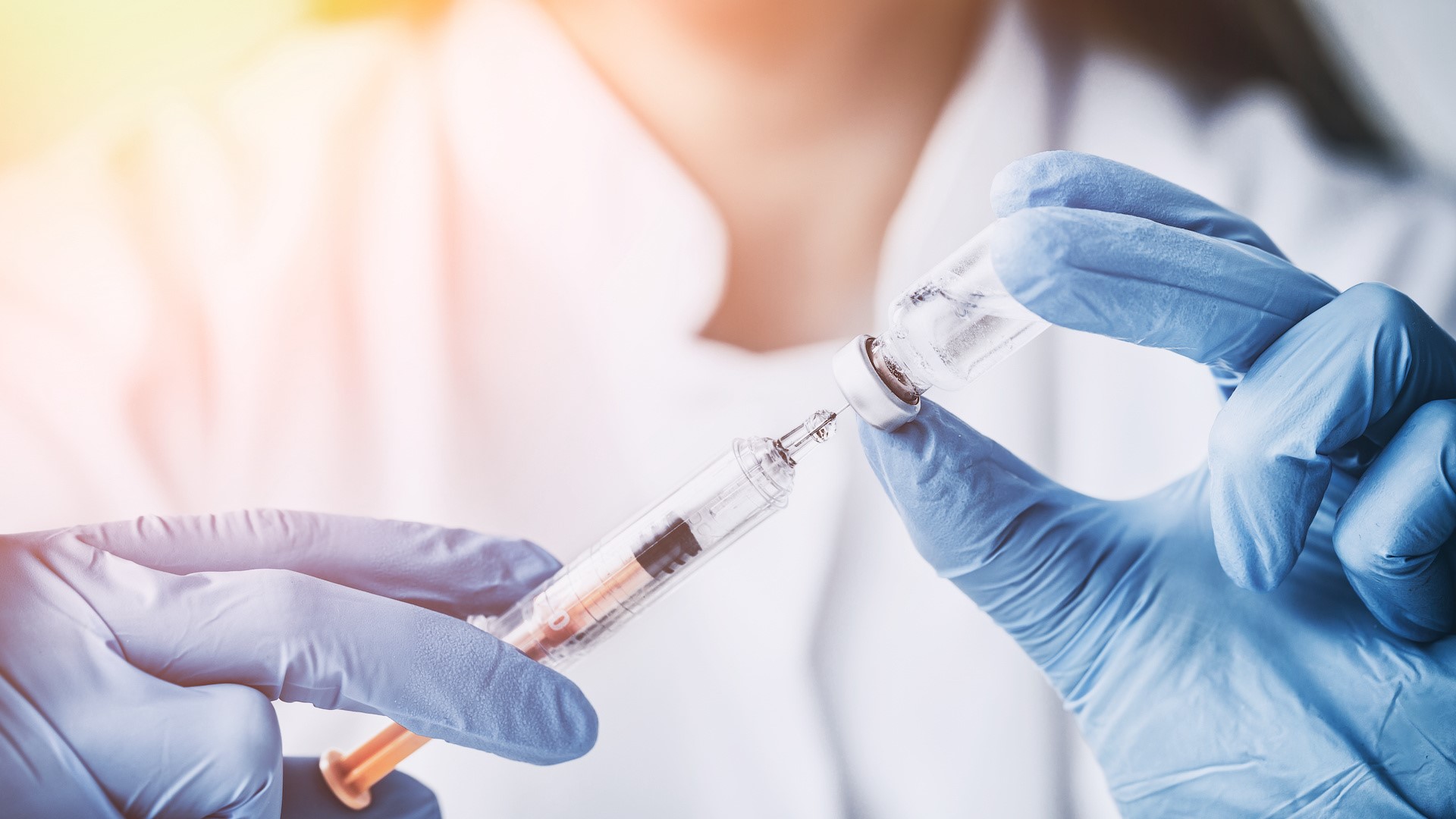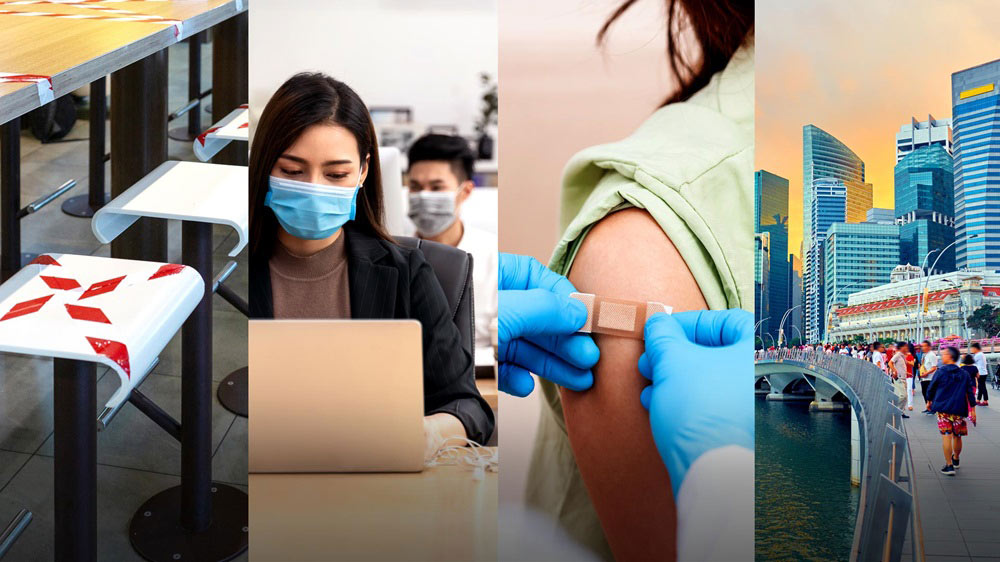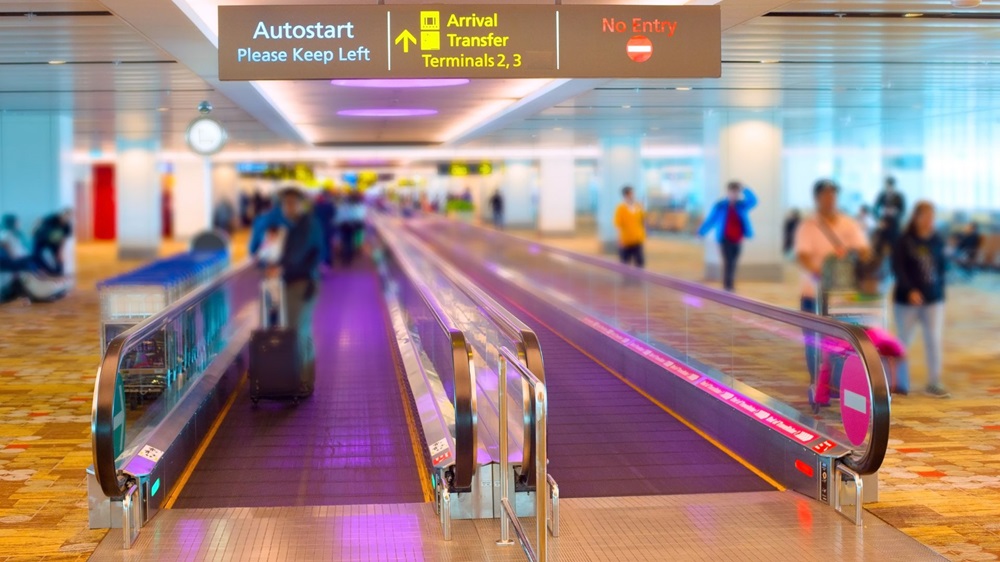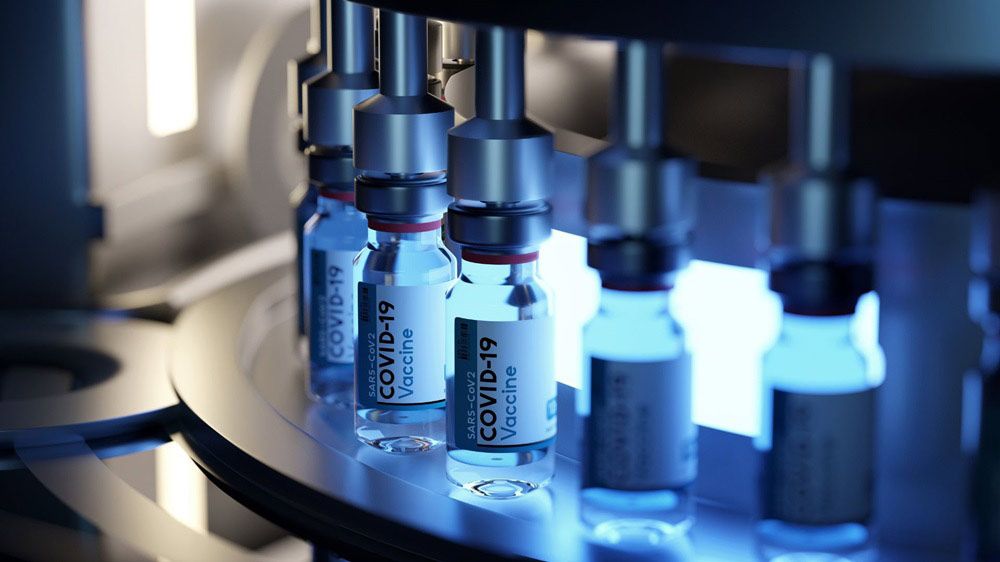
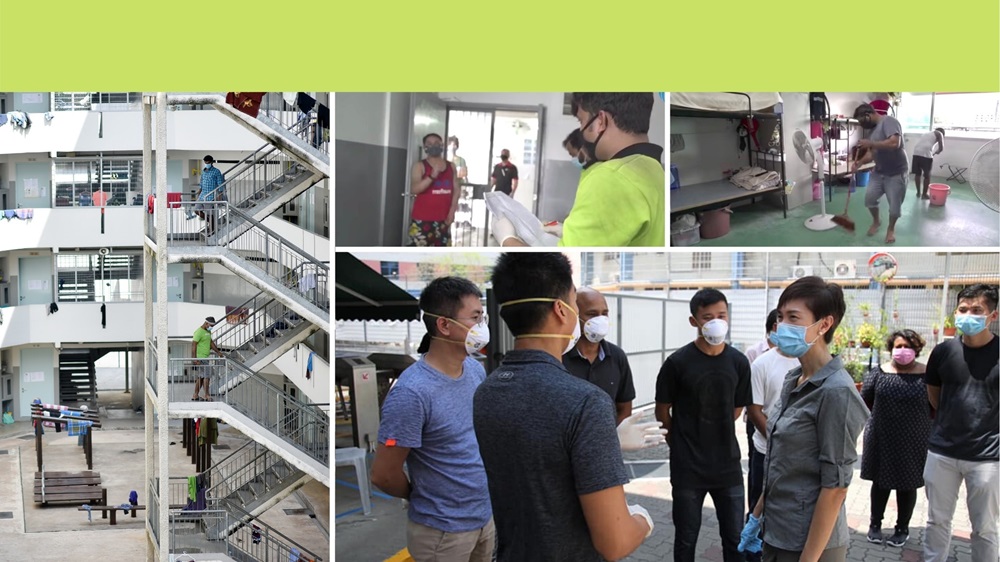
Watch video in English | Bengali | Chinese | Tamil
Excerpt from PM Lee’s address to nation on 21 Apr 2020
The large number of cases at the dorms is a serious problem. To assess the extent of the spread, we have tested aggressively. Not only those who reported sick, or showed fever or flu symptoms. But also those who were well and asymptomatic.
Almost all the migrant workers infected have only mild symptoms. This is not surprising as they are generally young, and thus much less likely to become seriously ill with COVID-19.
Our doctors, nurses and healthcare personnel are also working hard, triaging them early, and taking good care of them. It is early days yet, but thankfully, so far none of the new cases of migrant workers have needed supplemental oxygen, or intensive care.
We had one earlier case of a Bangladeshi worker, who was in the ICU for two months. This was Case 42. We never gave up on him. Last week, his condition stabilised. He was transferred out of the ICU, to a general ward. It will still take some time for him to fully recover. With some luck, he should be able to see his new-born son soon.
We hope that the situation in the dorms will remain this way: most of the cases being mild, and very few needing oxygen or intensive care. All the major dorms are supported by dedicated teams of doctors and nurses.
To protect the health of our migrant workers, we will step up the medical resources in the dorms. We will deploy more medical personnel, to make sure that anyone with fever or flu symptoms receives appropriate and timely medical treatment. We will house the mild cases either on site, in a separate facility within the dorm, or in community care facilities elsewhere. And we will make sure that those who need more active treatment receive immediate attention, and can be sent promptly to the hospital to help them recover.
We will also pay special attention to the older workers, who are more vulnerable. We are pre-emptively moving them to a separate dorm, where they can be monitored more closely.
Ramadan begins in a few days’ time. We will make sure that arrangements are made for our Muslim workers. When Aidilfitri comes next month, we will celebrate with our Muslim friends, just as we celebrated the Indian New Year with our Indian friends last week. This is our duty and responsibility to you, and your families.
Apart from the workers living in dorms, we are monitoring two other groups of migrant workers closely. First, workers who live in shophouses, private housing, or HDB flats. Second, workers in essential services. This group is still working during the circuit breaker, helping to keep Singapore going. Some are cleaning the HDB blocks or hawker centres. Others are maintaining key infrastructure like our broadband networks.
If these workers move in and out of dorms, they become potential channels for cross infection in both directions. Hence we are housing these essential workers separately. We are also testing them to make sure that they are healthy, and to pick up any infections early.
So far, the clusters in the dorms have remained largely contained, and have not spread to the wider community. We will do our utmost to keep it this way.
Tackling transmissions in migrant worker clusters
In addition to previous measures, a three-pronged strategy will be taken to further control the spread of COVID-19 amongst migrant workers:
- Active containment of the spread of the virus in the dormitories;
- Enforcement of safe distancing measures in the dormitories to prevent the intermingling of workers; and
- Moving healthy workers in essential services to other facilities so as to reduce movement in and out of the dormitories and minimise further cross-infection.
In Dormitories
Forward Assurance and Support Teams (FAST teams) have been deployed to support the dormitories. These teams set up medical facilities and triage clinics so workers get adequate medical attention and care. This enhanced medical coverage across the dormitories will help identify cases early, to enable prompt contact tracing and effective isolation of COVID-19 cases.
Workers who are unwell are encouraged to see the doctor to be diagnosed and receive treatment. Those with respiratory symptoms will be separated from others as early as possible. The FAST teams also help ensure that the needs of the migrant workers are met, such as food, water, and masks, and that their living conditions are satisfactory and clean.
From 2359 hours, 21 April 2020, daily movement of workers in and out of all dormitories will no longer be allowed. These include Purpose Built Dormitories, Factory Converted Dormitories, Construction Temporary Quarters and Temporary Occupation Licence quarters. Employers must continue working with the dormitory operators to ensure their workers’ are being cared for suitably.
Outside Dormitories
In light of the increasing number of COVID-19 cases involving migrant workers in the construction sector, about 180,000 construction Work Permit and S Pass holders (and their dependents) have been placed on mandatory Stay-Home Notice from 20 April to 4 May 2020. This will help to minimise risk of further community transmission of COVID-19.
Read more:
We use cookies to tailor your browsing experience. By continuing to use Gov.sg, you accept our use of cookies. To decline cookies at any time, you may adjust your browser settings. Find out more about your cookie preferences here .
